January: A winter like few others
Frontenac State Park Association newsletter
Vol. 2, No. 1, January 2024

January: A winter like few others
Happy New Year, friends! As this edition of our Frontenac State Park Association newsletter arrives in your inboxes, a goodly number of souls are up at the park for the First Day Hike, beginning the new year out in the bracing January air, sailing down groomed paths on cross-country skis, exploring the white woods on snowshoes, and streaking down the park’s splendid sledding hill.
Uh … yeah. A goodly crew IS up at the park today, but they’re probably walking its miles of trails in baseball caps, sneakers and shorts.
We don’t have to tell you what kind of winter it’s been so far. Where’s our pretty snow? And the bone-chilling weather that works in balance with the flora and fauna of our Driftless region?
Snowless holiday weeks aren’t unheard of – your newsletter editor remembers skating all over Lake Pepin (wiping out spectacularly on the ice ridges) during a couple of Christmases back in the 1960s and 1970s – but it was COLD then. 2023’s weather was unprecedented – and disturbing. We won’t go into all the reasons why in this space. Let’s just say, let it snow!
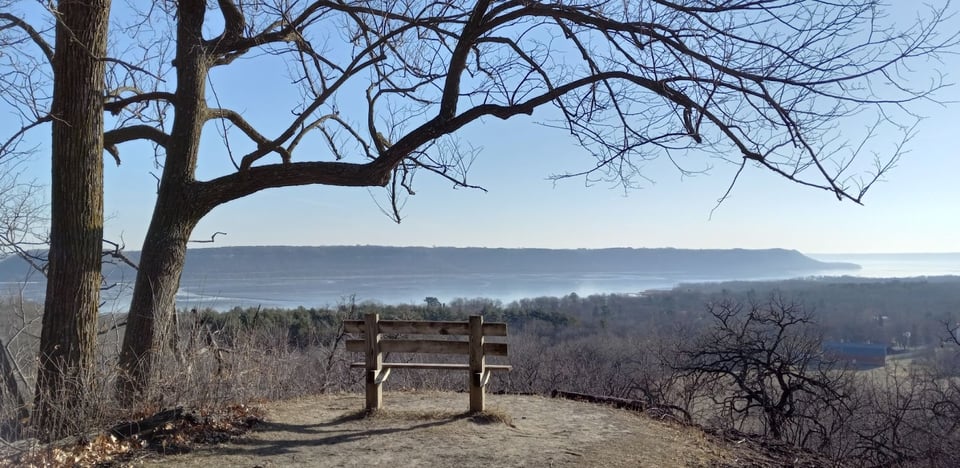
The year ahead
We’re excited for the coming year, with a full schedule of programs from talks to walks to volunteer work days, which we’ll keep you apprised of in this newsletter. We’re especially eager to build on our experience with the bioblitz in 2023 and to expand it into a number of focused events, from ranger walk-talks about post-fire ecology to a butterfly survey to fungi forays (with yours truly) to a collaboration with the Lake Pepin Legacy Alliance about how invasive invertebrates actually work on the phytoplankton and zooplankton levels to affect the ecosystem in ways we are only beginning to fully appreciate. And, of course, we’re hoping for clear skies for our starry, starry night events with the Rochester Astronomy Club. And much more. Stay tuned.
We’re also embarking on a series of projects honoring the fact that Frontenac State Park is one of the top birding parks in the entire state. We have plans to install an Osprey nesting platform, bird feeder stations at the picnic shelter, American Kestrel nesting boxes, to remove invasives and do other restoration around the wildlife blind, and to help sponsor falcon days on Memorial and Labor Day weekends.
January: hikes, free entry, talks
At First Day Hike on Jan. 1, FSPA volunteers will be serving up refreshments and answers to all your questions about the coming year (11 a.m. to 2 p.m. at the picnic shelter). Come and say hi.
A reminder that Monday, Jan. 15 (Martin Luther King Jr.’s Birthday) is a free-entry day at the park. For the planners among you, future free park days are April 27, June 8 and Nov. 29.
Our other event in January is a talk on birding to help kick off Lake City Library’s Big Year. We’re excited about this new collaboration, which includes talks in January and February by four FSPA members. For more, see “Bird notes” below.

Bird notes: A big year lies ahead
By Janet Malotky, Minnesota Master Naturalist volunteer
“Big” goings-on are ahead in the local birding world. Starting this month, the Lake City Public Library is sponsoring a citywide “Big Year.”
For those folks not (yet) enmeshed in the birding community, a “Big Year” is one in which a birder tries to see/hear as many species of birds as possible within chosen parameters, such as in a specific geographical area.
During a big year, the birder’s normal birding enthusiasm focuses on a specific self-set goal. As in the hilarious satirical 2011 movie, “The Big Year,” a big-year birder might drop everything to travel hundreds of miles chasing the report of a rare bird. But it’s typically more about the fun, and not quite so dramatic.
Does this mean that everyone in Lake City will be going bird-crazy over the next year? Most likely not – but we hope maybe a little. The good librarians intend their Big Year to be a fun community-building project that raises folks' awareness of the wonders around them, whether that’s out back windows, on back forties, or in local parks. Anyone can participate, and the boundaries of Lake City have been interpreted loosely to include our own beloved Frontenac State Park.
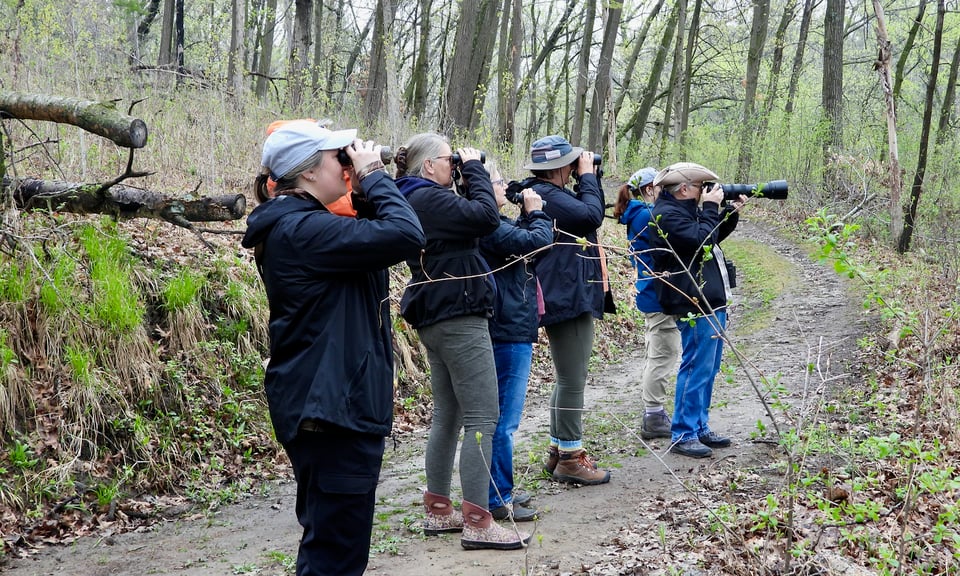
Many fun bird-focused events have been planned, including talks and activities at the library, contests for monthly bird spotting, live-stream video of feeder birds, community-wide tracking of identified birds, bird walks, and more. So dust off your binoculars or borrow a birding kit from the library and get out there. Find out more about upcoming activities at the library’s website, Lakecity.lib.mn.us.
Here are the January/February events listed at the time of this writing:
Lake City Big Year Kickoff: 6 p.m. Tuesday, Jan. 30, at the library. Brigette Rol (library director), Steve Dietz and Janet Malotky (Master Naturalist volunteers and local birders, as well as FSPA members) discuss the Lake City Big Year and birding basics.
Eagles of Red Wing: 6 p.m. Thursday, Feb. 15, at the library. A talk by amazing local photographers Earl Bye and Cara Clark.
The Great Backyard Bird Count: Feb. 16-19: Find out how you can participate at birdcount.org/participate/
Phenology of Lake City and Frontenac: 6 p.m. Thursday, Feb. 22: A talk by naturalist Bruce Ause about the cyclical and seasonal natural phenomena in our area.
Folky Chicken Painting: 6 p.m. Thursday, Feb. 29, at the library. Willow Gentile leads a chicken painting activity for adults.
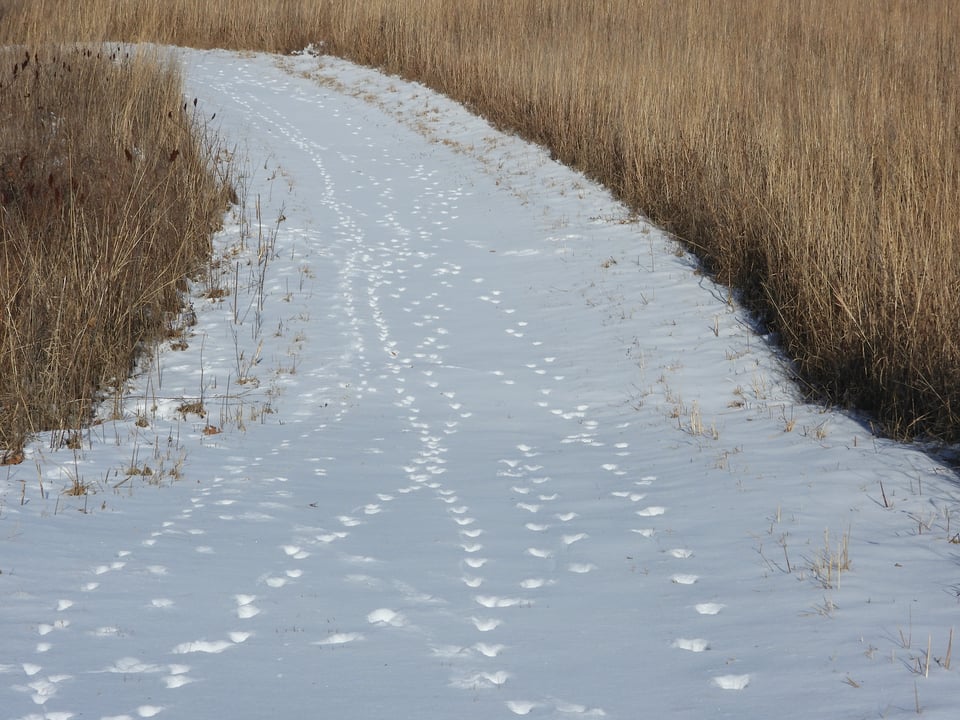
Notes from the field: The joys of citizen science
By Steve Dietz, Minnesota Master Naturalist volunteer and FSPA president
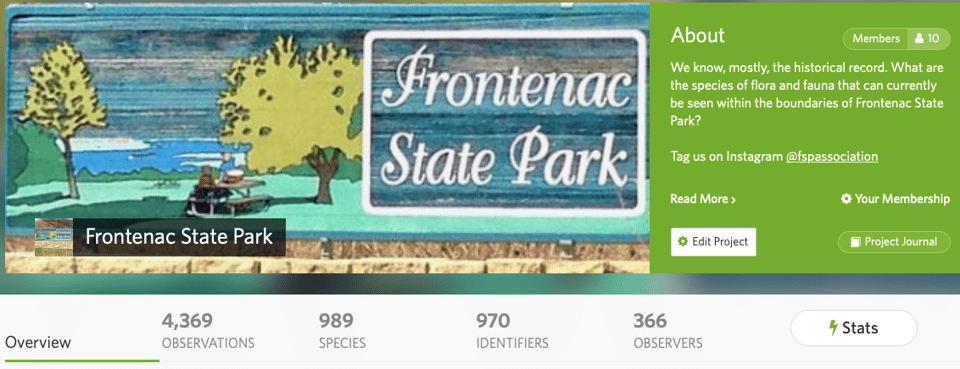
In 2022, the Frontenac State Park Association worked with park manager Jake Gaster to create a project map for the park on the iNaturalist app (https://bit.ly/fspa-inat). This means that any sightings with geo-coordinates within the park are automatically added to the project.
“Notes from the field” often draws from these sightings. Over time, this data set can be used by park managers, researchers and members of the public to confirm flora and fauna within the park and when they are present.
iNaturalist is an open-source citizen science project. Anyone can contribute to it and use the data. One of its special features is that sightings are reviewed by others, often experts in the field, and sightings that have two or more confirmations are specified as “research grade.”
As of mid-December, here are some year-in-review statistics for 2023 for Frontenac State Park.
1,284 research-grade IDs
470 unique species
270 species of fauna
175 species of flora
25 species of fungi
From June 23, 2008, till Dec. 31, 2022, there were 1,905 research-grade observations of 567 species in the park, so not bad for one year!
People sometimes ask: Why bother to enter sightings in iNaturalist? There is a larger issue about the value of citizen science in general embedded in that question, but personally, I would say two things.
Using iNaturalist is a great way to learn about the park’s flora and fauna, including the geography of where something is most commonly found. Even when I haven’t initially known an ID, I could learn from the many online “identifiers,” often specialists in their fields, who would gently correct my misidentifications or refine them from family and genus to species-level IDs.
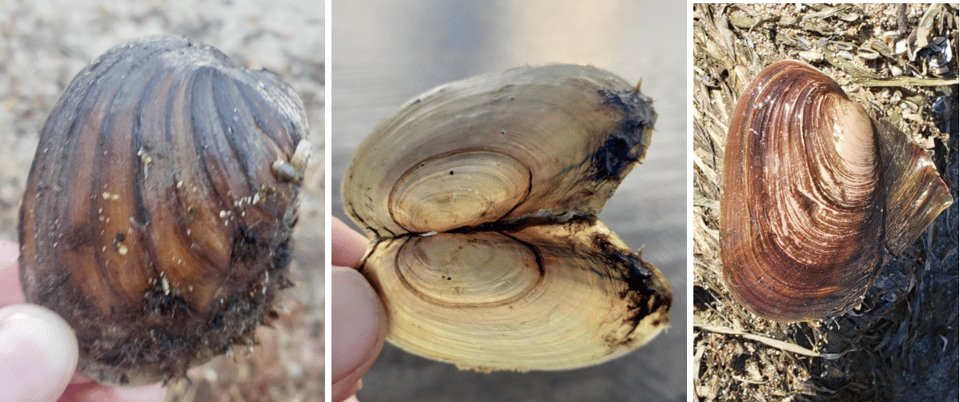
In 2023, I took particular pleasure in learning about some of the native mussels found along Sand Point, and was delighted to be able to correctly differentiate a pink heelsplitter from a three-ridge mussel from a fragile papershell.
I’m sure I’ll forget much of this over the winter, and I look forward to re-learning them, if only for their evocative names.

I also had the experience of helping – in a small way– scientific inquiry in Minnesota. On one occasion, I misidentified a plant – twice! Once as a broadleaf arrowhead and once as a giant arrowhead.
Not long afterward, I received a message from the Minnesota Department of Natural Resources. In reviewing iNaturalist sightings and photos, they said I had in fact “found” an endangered hooded arrowhead (Sagittaria montevidensis ssp. calycina).
They sent a staff botanist to verify the ID, officially record its presence, and collect a sample for the Bell Museum Herbarium to be processed and entered into its collection. Very cool!

Something that made us laugh
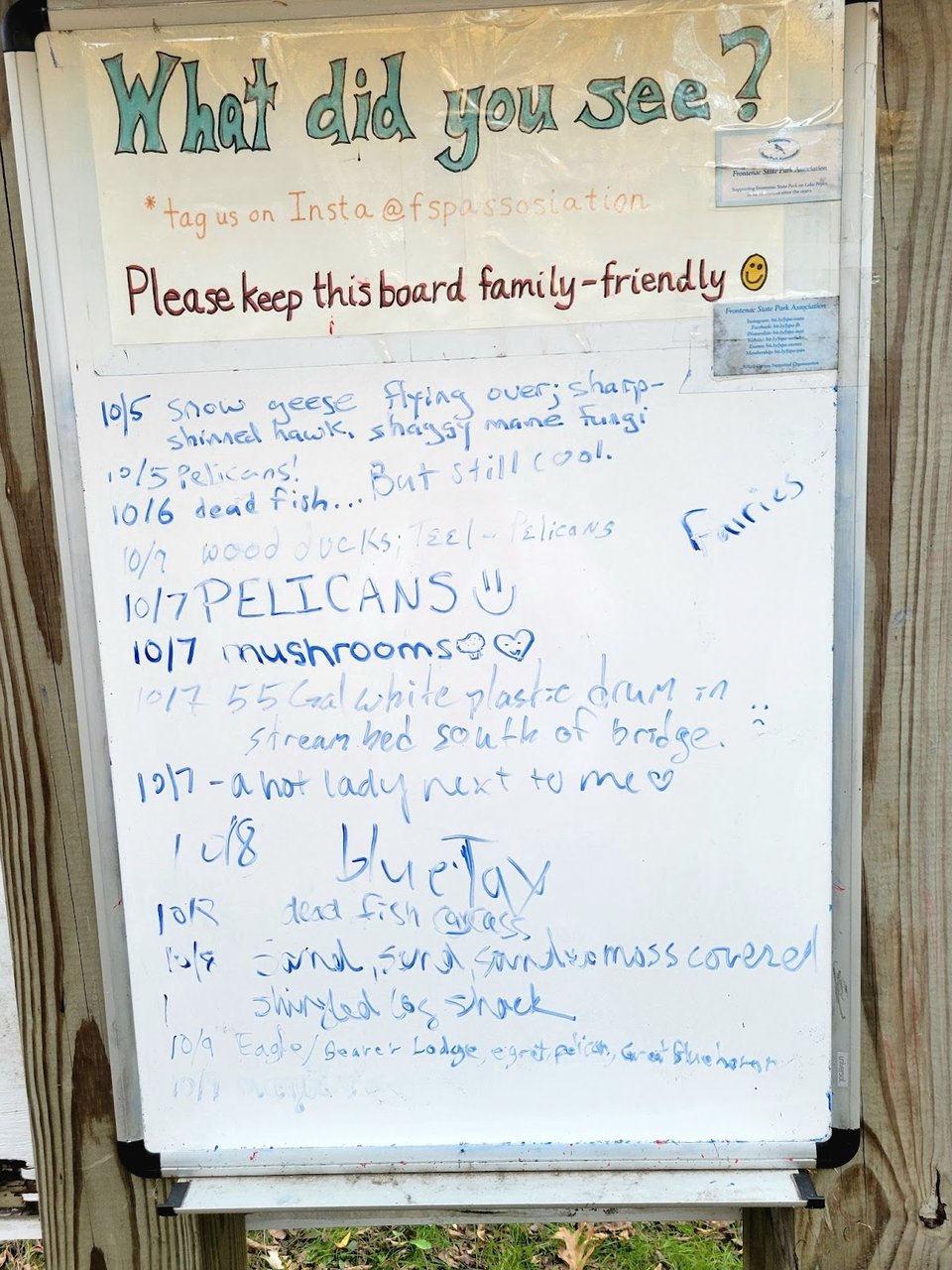
In the absence of cool snow photos, we thought you might get a kick out of this – hikers’ notes on our whiteboard at the Sand Point trailhead – which recently had an upgrade by FSPA volunteer Nathan Oppedahl to make it more weather-resistant. They are from a few days in October. We love it when people leave word of what they saw on the trail. Usually we have a Sasquatch sighting or two. This time? Fairies! We knew something cool made those little doors at the bases of the big cottonwoods and silver maples!
A great winter read
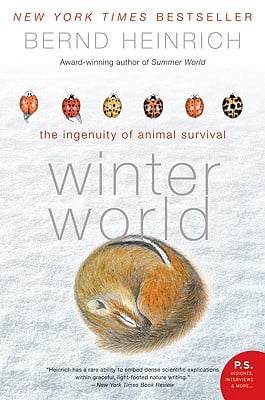
All of us have been amazed a few times to observe and think about the resiliency of wild creatures during a Minnesota winter. How DO those tiny little animals and birds survive a blizzard or a stretch of 30-below-zero days? The answers are fascinating. One of the best books your newsletter editor has read about that subject, written for lay people like us, is Bernd Heinrich’s “Winter World: The Ingenuity of Animal Survival.” Heinrich, a biologist at the University of Vermont, describes the amazing adaptations that allow creatures from snow fleas to chickadees to squirrels to bears to survive the winter. It’s a great book to read by the fire when we’re (finally) snowed in.
We’d also like to give a shout-out to Bob Timmons, a Minneapolis Star Tribune reporter (and newsletter subscriber!), for his beautiful recent story on the same subject.
A poem for January (maybe this will make it snow?)
"THE SNOW-MAN"
By Wallace Stevens (American; 1879-1955)
One must have a mind of winter
To regard the frost and the boughs
Of the pine-trees crusted with snow;
And have been cold a long time
To behold the junipers shagged with ice,
The spruces rough in the distant glitter
Of the January sun; and not to think
Of any misery in the sound of the wind,
In the sound of a few leaves,
Which is the sound of the land
Full of the same wind
That is blowing in the same bare place
For the listener, who listens in the snow,
And, nothing himself, beholds
Nothing that is not there and the nothing that is.
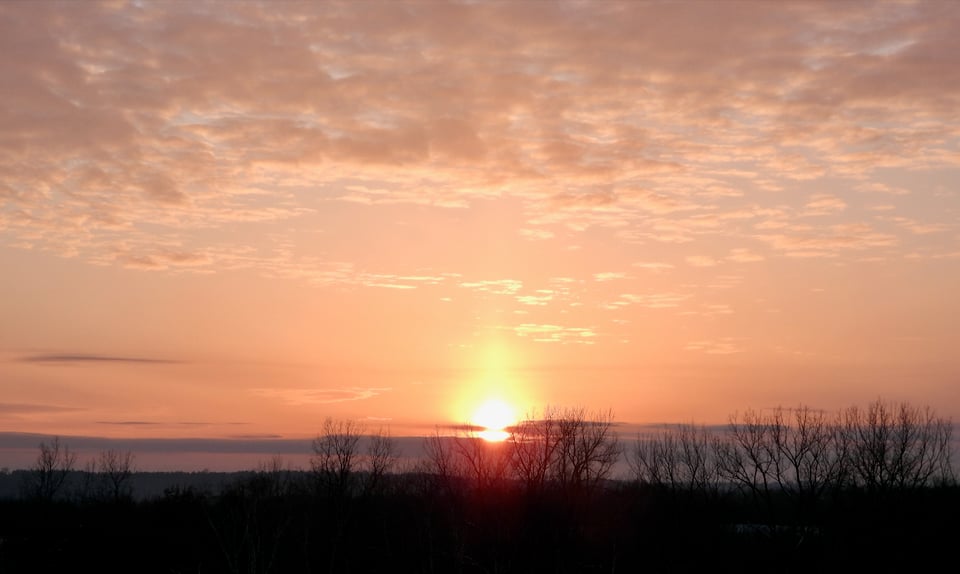
Interested in joining the FSPA?
We’d love to have your support (starting in 2024, dues are $25 per year for an individual, $35 for a household or dual membership). Here is a link.
A reminder that joining us occasionally to help the park out with volunteer efforts is awesome too, even if you’re not a member. The FSPA’s goal is simply to share our love of Frontenac State Park with as many people as possible.
To sign up to regularly receive this monthly newsletter, click on “Subscribe” below. Feel free to send questions or comments to your newsletter editor at pamelamarianmiller@gmail.com. Questions about the FSPA? You can reach FSPA chair Steve Dietz at stevedietz@duck.com.
Handy links for more information and education
Frontenac State Park website
Frontenac State Park Association website
If you take pictures in the Park, tag us on Instagram
Frontenac State Park bird checklist
Frontenac State Park on iNaturalist
Website for our township, Florence Township
Minnesota Master Naturalist program
Red Wing Environmental Learning Center
Lake City Environmental Learning Program on FB
Frontenac State Park staff
Jake Gaster, park manager; Amy Jay, assistant park manager; Amy Poss, lead field worker
Parting shots
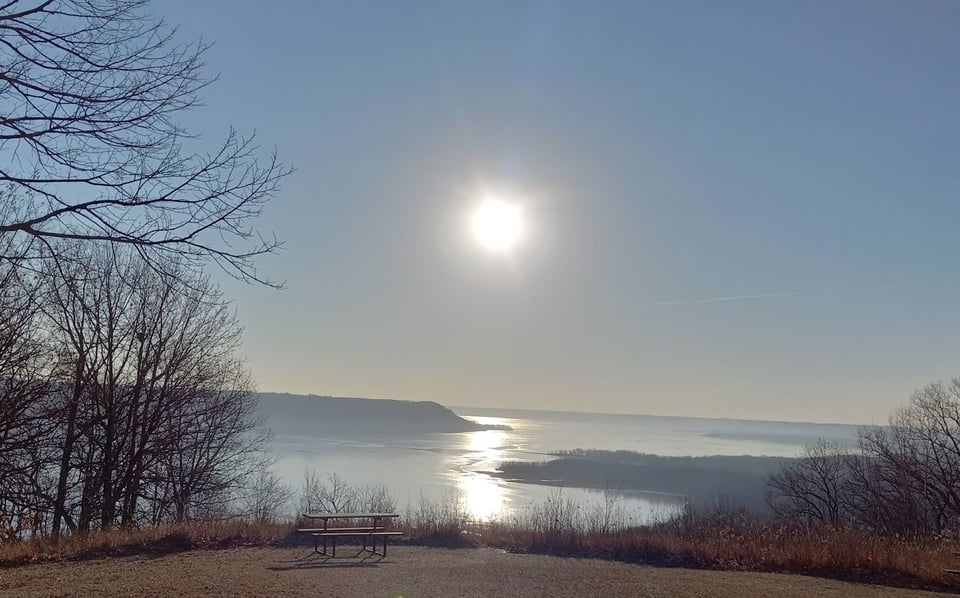

Thank you, readers and park visitors!
This is Volume 2, No. 1 of the Frontenac State Park Association newsletter, which was launched in April 2023. Here’s where to browse the full archives of this newsletter.